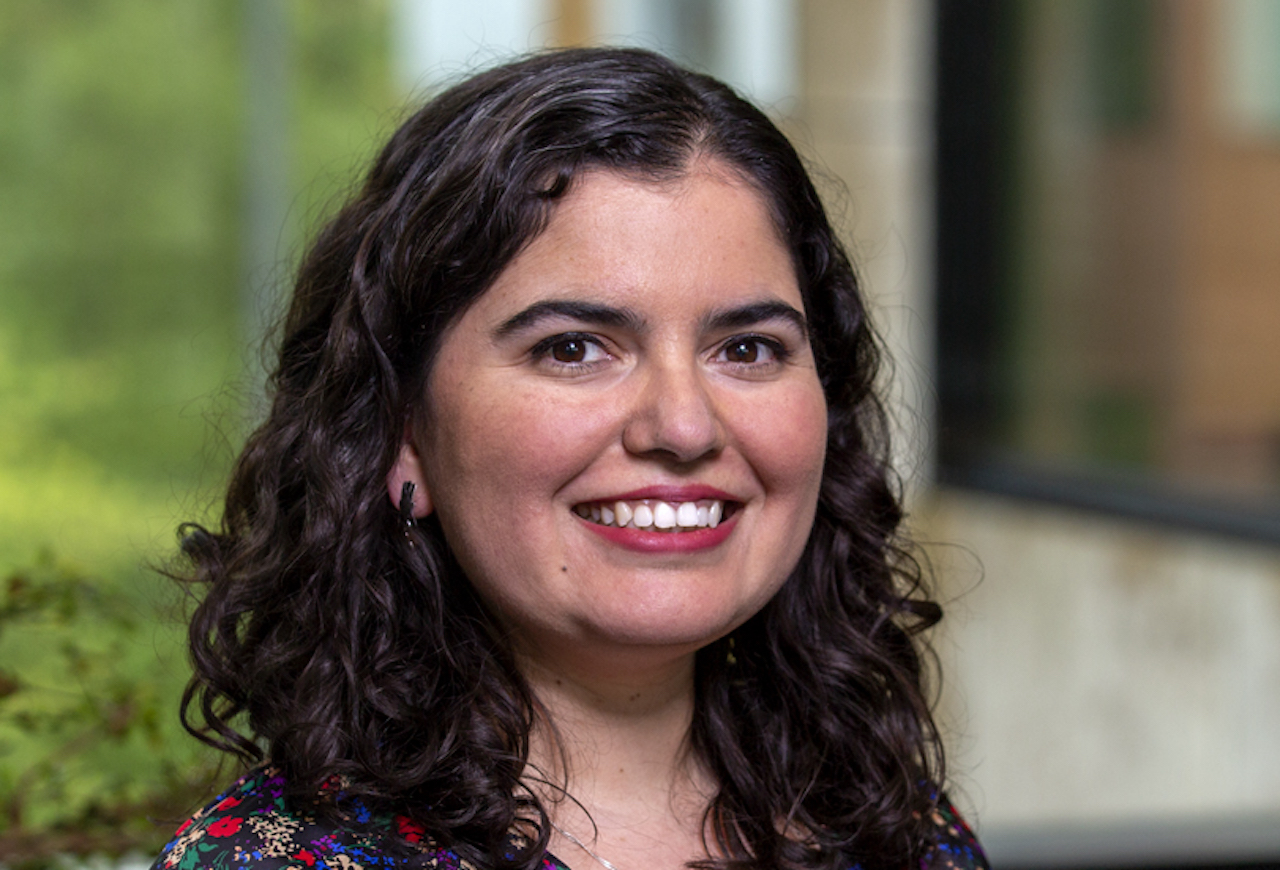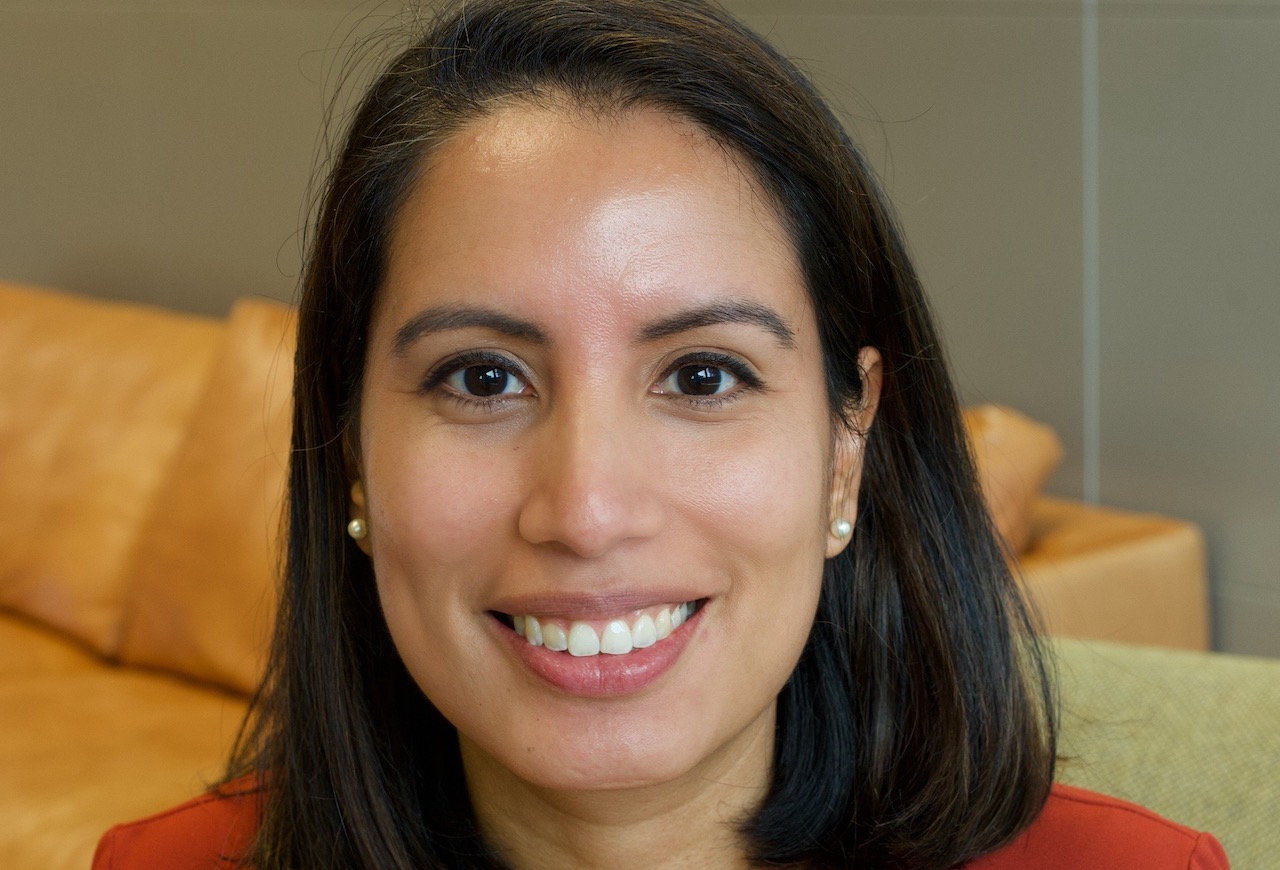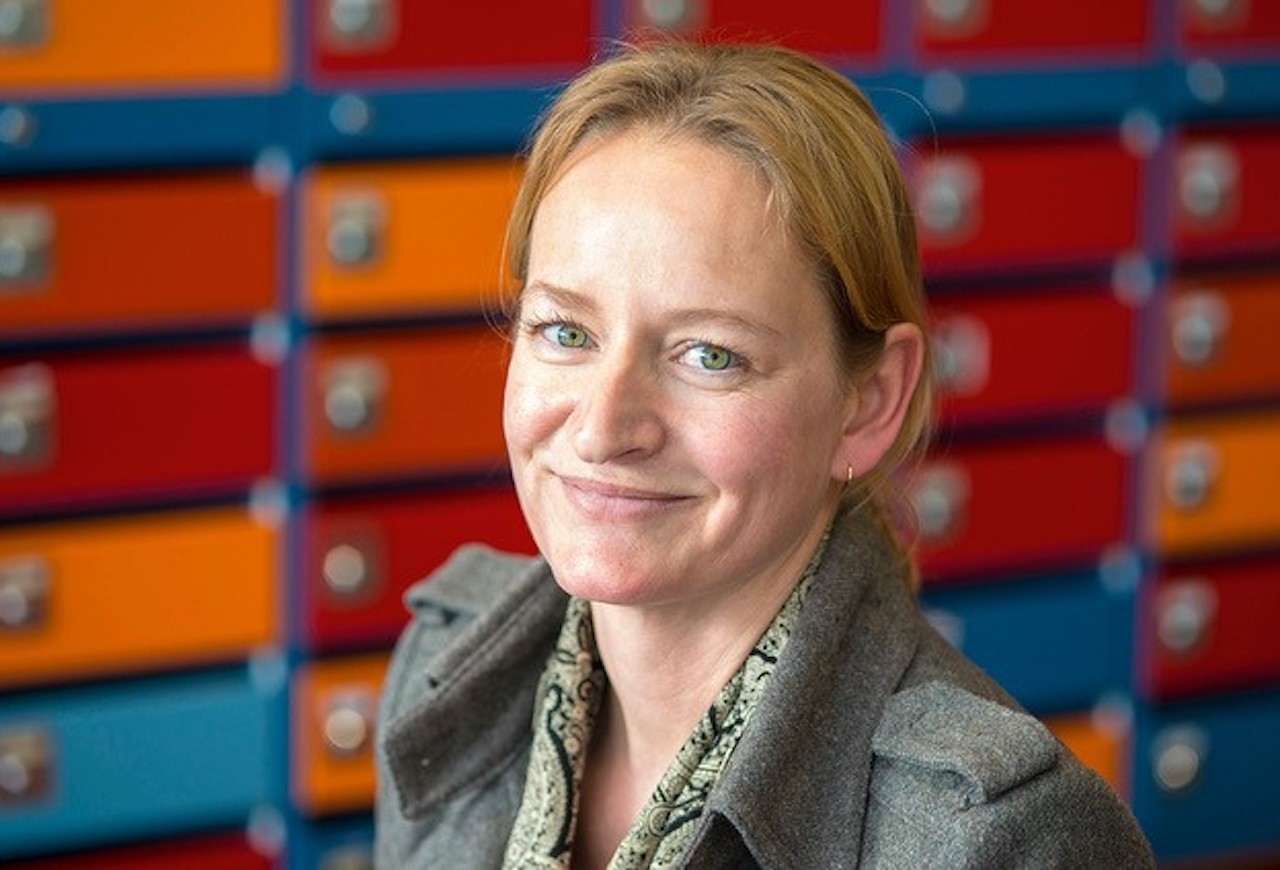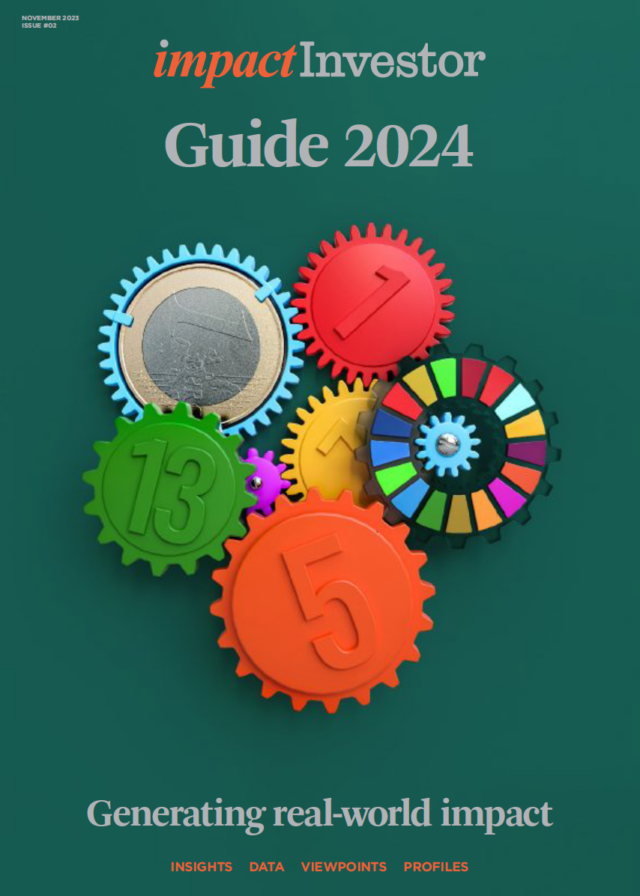Sharing which impact measurement and management practices work and which are not fit for purpose will help the industry advance. Transparency is key, according to those focused on improving IMM practices.

Over the last 10 years, the impact investing sector has moved from harmonising reporting indicators to developing general standards. The Operating Principles for Impact Management (OPIM) are contributing to the industry’s increased transparency and credibility.
“Many impact investors have implemented these principles in the last couple of years and started to reap the fruits of this,” says Mitzi Perez Padilla, evaluation officer at Dutch development bank FMO. “But now it’s time to move the debate further.”

“Impact management tools are being used more and more often, which is great,” adds Thelma Brenes Muñoz, manager of FMO’s evaluations and knowledge management team. “And these tools are becoming more advanced as well. What we don’t know yet, however, is how effective they are in achieving more impact. For example, do these tools help investors to select better investments?”
Different practices
Their observations are based on a recent evaluation of FMO’s impact management practices, assessing how the organisation is adapting to internationally adopted impact principles like OPIM. Part of the evaluation was a peer analysis to understand the actual trends in impact management.
A main trend is that many impact investors – including development banks like FMO and other financial institutions – have developed their own scoring methodologies to align to the OPIM principles, to assess, measure, monitor and manage impact. Comparing these often very specific scoring methodologies is not always possible, and in many cases not desired as these methodologies reflect their specific strategies.
“It’s very hard to say how effective these practices and tools to improve the impact of the organisations are, and how they are embedded throughout the decision-making processes,” says Brenes Muñoz.

Learnings from the implementation of these practices are hardly shared so far. Hence a call to action: “More peer sharing can help move the sector forward towards greater maturity.”
“In general, investors are quite open to sharing their methodologies and techniques for measuring and monitoring impact. But many of thes methodologies are new, or recently implemented. The next steps for the sector are to share the lessons of what is working well and what the challenges are in implementing such impact tools. In order to answer the ultimate question: does it lead to better and more impact?” Perez Padilla adds.
Courage to fail
“I couldn’t agree more,” says Karen Maas, when asked for a response. Maas is academic director of the Impact Centre Erasmus (ICE) at Rotterdam University. “At the ICE we’ve been advocating for a long time the need to create a database with good impact studies. In order to share the results. And of course failures should be included here, to help others to avoid these.”

So who should house such a database – which of course must be kept up to date on a regular basis? According to Maas, the Global Impact Investing Network (GIIN) platform would be a good candidate, or the World Bank.
Both FMO representatives point in the same direction. “We want to contribute to a movement exchanging experiences,” says Perez Padilla, “and I think the GIIN platform is the perfect place to share our lessons.”
Maas gives the example of sustainable energy investments in remote areas. “Hundreds of studies have already been done on this. We know what works, and what doesn’t. So it’s only logical to share this information. But that’s not what’s happening. A lot of information remains within the organisation. Except in annual reports, where the keynote is usually: look at what we have accomplished! That’s not the kind of information that others can use.”
According to Maas, the reluctance of financial institutions to share mistakes is understandable, but unjustified. “You may learn the most from mistakes. Of course, you don’t have to share all the details. But you can indicate where the pitfalls are with certain investments in certain countries, because you have experienced that yourself. That can help others enormously.”
Some have tried. The Dutch Start Foundation recently organised a symposium under the name ‘The courage to fail’. On stage, there was open discussion about projects in the financial world that went wrong, and how to learn from them. The Dutch association of charitable funds and foundations (FIN) embraced the initiative.
According to Maas, avoiding future failures is not enough. “Make what you do transparent. Share the results and learn from them. And learn not only how your impact measurement can be improved, but more importantly, learn how you can better realise your strategy and your ambitions. This means thinking upfront about where you can achieve the most impact. And then manage that, and base the structure of your portfolio on it.”
Soft learning
As previously mentioned, most impact scoring methodologies currently in use lack the capability to gauge results in a way that enables peer comparison. Nor are investors sharing how, or if, the adoption of specific tools leads to improved impact performance. A recent report by the GIIN found that only 15% of impact investors compare their impact results to their peers. The organisation is trying to work on this and has recently developed a number of impact performance benchmarks to allow investors to analyse and compare the impact performance of their investments in specific sectors.
According to the GIIN, these benchmarks can give investors better understanding of their investments’ impact over time, set impact targets, identify areas of underperformance and outperformance relative to their peers and communicate their impact.
“For investors, benchmarking impact performance against their peers, prior periods, or the scale of the social and environmental challenge represents a seismic shift in their toolkit. By doing so, they gain a better understanding of their own performance and are better equipped to manage it effectively,” Dean Hand, chief research officer at the GIIN, recently said to Impact Investor.
The impact management benchmarks, like the one from Bluemark, are helping a lot with transparency and learning,” adds FMO’s Brenes Muñoz. “It can show you how you are doing in comparison to others. That’s very useful. However, our call to action is more focused on the kind of soft learning that no one is really talking about. How are practices and tools used for decision making, what helped in implementing the methodologies. Those are the kind of conversations we would like to have.”
At FMO they are ready to take the next steps. “Based on the recent evaluation, we will update our framework in the coming period. And for sure we will face challenges in design and implementation. That’s why we would like to hear from other impact investors who are dealing with similar challenges. I am convinced that we will all benefit from sharing more in this area,” she says.

This article is part of the editorial content of the Impact Investor Guide 2024. You can download a digital copy of the guide here.





